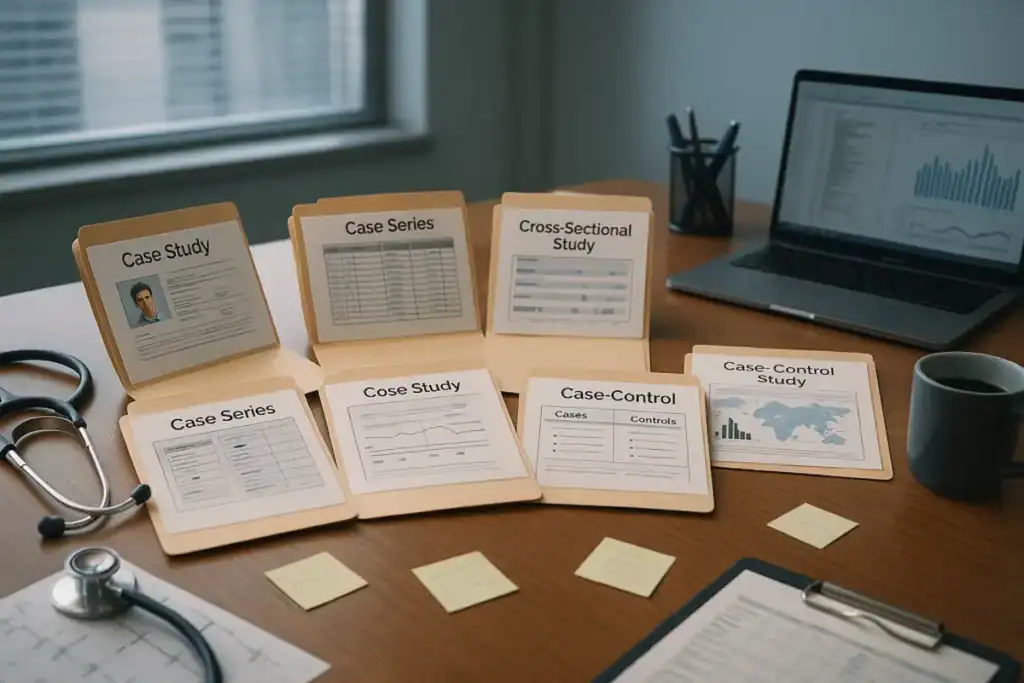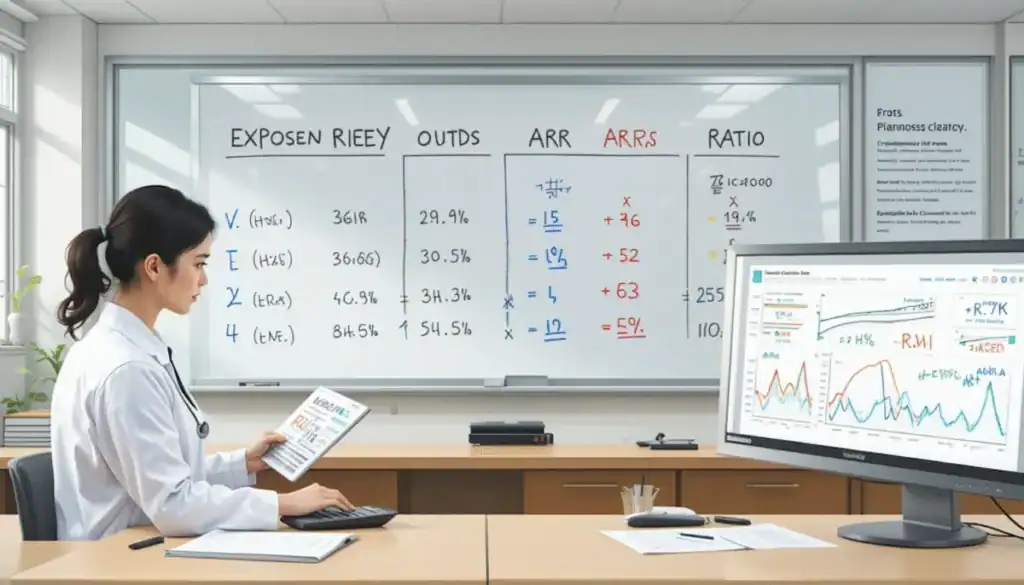Clinical trials are a cornerstone of evidence-based medicine. In this post, we’ll explore what clinical trials are, how they are structured, and the different phases involved — all in a simple, clear, exam-relevant format. Whether you’re preparing for the USMLE, NEET PG, or just aiming to strengthen your clinical concepts, this guide is for you.
🔬 What Is a Clinical Trial?
A clinical trial is a research study conducted to answer a fundamental question:
“Does this new treatment or drug actually work?”
To answer that, clinical trials compare a new intervention with a control — which may be a placebo or standard therapy.
🧪 The Two Main Groups in a Clinical Trial
- Experimental Group
This group receives the new drug or intervention being tested. - Control Group
This group receives either:- A placebo (an inactive substance), or
- The standard of care (existing treatment, e.g., paracetamol).
🎲 Randomization – Avoiding Bias
Randomization means every participant has an equal, random chance (like a coin toss) of ending up in either the experimental or control group.
Why it matters:
- Prevents selection bias.
- Ensures both groups are comparable in terms of age, comorbidities, socioeconomic background, etc.
😎 Blinding – Keeping It Fair
Blinding keeps participants, researchers, or data analysts unaware of group assignments to prevent bias.
- Single-blind: Only the patient doesn’t know.
- Double-blind: Both patient and researcher don’t know.
- Triple-blind: Patient, researcher, and data analyst are all blinded.
📊 Types of Clinical Trial Designs
1. Parallel Design
- Most common.
- Participants stay in their assigned group throughout.
- E.g., One group receives the drug, the other receives placebo.
2. Crossover Design
- Midway through the study, participants switch groups.
- Improves statistical power and is patient-friendly.
- Example: Cancer patients know they’ll get the drug at some point.
3. Factorial Design
- Tests all combinations of two or more treatments.
- Example:
- Group 1: Drug A
- Group 2: Drug B
- Group 3: Both A + B
- Group 4: Control
4. Cluster Design
- Randomization is done at the group level (e.g., schools, hospitals).
- Example: One school gets a new obesity education program, another continues standard curriculum.
🧭 Phases of Clinical Trials – Remember with Mnemonic SWIM
| Phase | Purpose | Sample Size | Mnemonic |
|---|---|---|---|
| 0 | PK/PD (Preclinical) | <1% dose | – |
| 1 | Is it Safe? | 15–30 | S |
| 2 | Works? Efficacy? | 100–200 | W |
| 3 | Is it Better than current? | 300–1000 | I |
| 4 | Market Surveillance – Post Marketing | Thousands | M |
🧠 Mnemonic: SWIM
- S – Safe (Phase 1)
- W – Works (Phase 2)
- I – Is it better? (Phase 3)
- M – Market surveillance (Phase 4)
📈 Types of Data Analysis in Clinical Trials
1. Intention-to-Treat (ITT)
- Includes all participants, even if they dropped out or died.
- “Once randomized, always analyzed.”
- Preserves randomization → reduces bias.
2. As-Treated (Per Protocol)
- Analyzes only those who completed the trial.
- May overestimate the effect.
- Loses randomization → introduces bias.
⚠️ Why As-Treated Can Be Misleading
Imagine 50 patients out of 1000 died during a cancer trial. If you only analyze the remaining 950 (healthier survivors), it gives a false impression that the drug is highly effective — because you ignored those who died.
🧠 Summary & Key Takeaways
✅ Clinical trials have two groups: experimental and control.
✅ Randomization prevents selection bias.
✅ Blinding (single/double/triple) prevents information bias.
✅ Four major designs: Parallel, Crossover, Factorial, and Cluster.
✅ Clinical trial phases can be remembered by SWIM.
✅ ITT analysis is more valid than as-treated.
📚 Next Steps:
Stay tuned for our next video and blog post on Randomized Control Trials (RCTs) and types of bias in clinical research!



